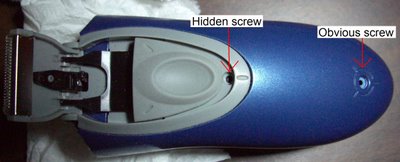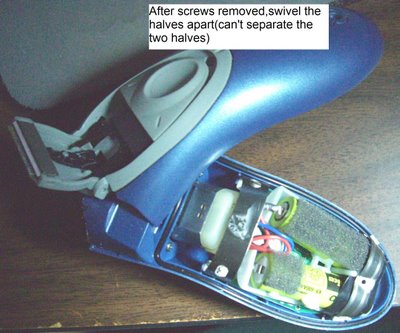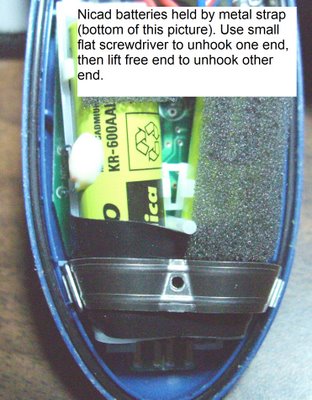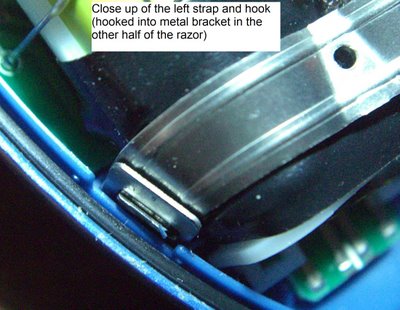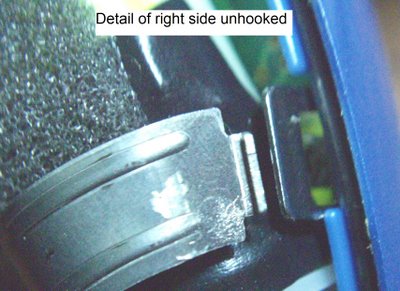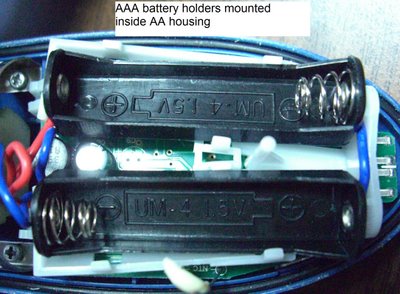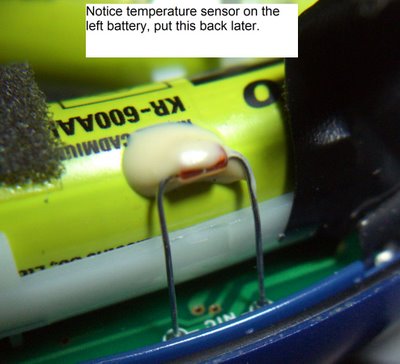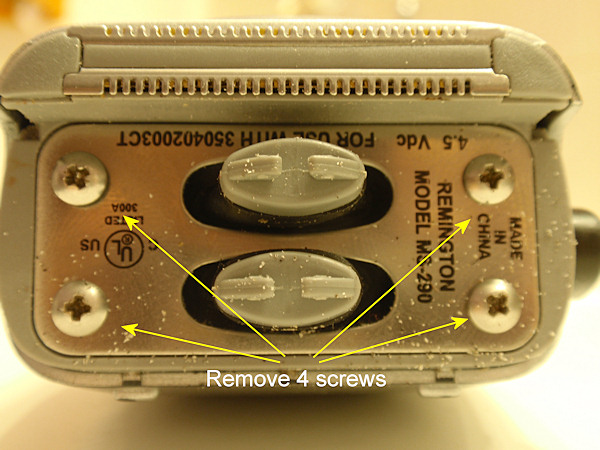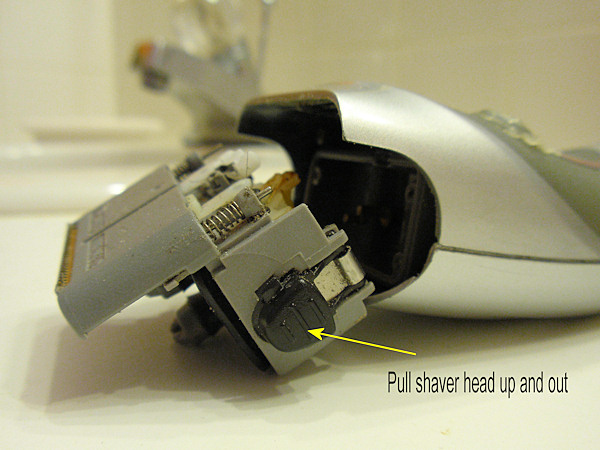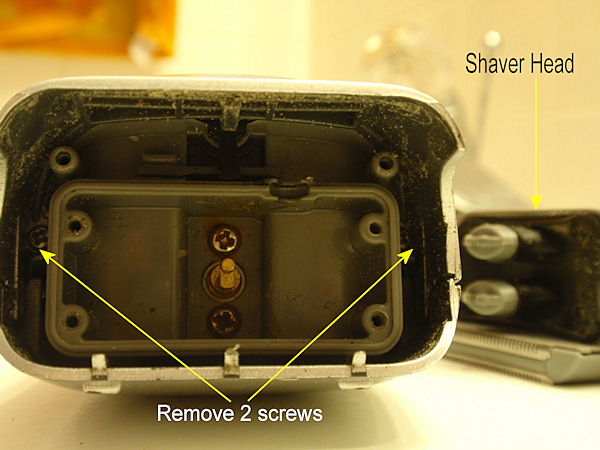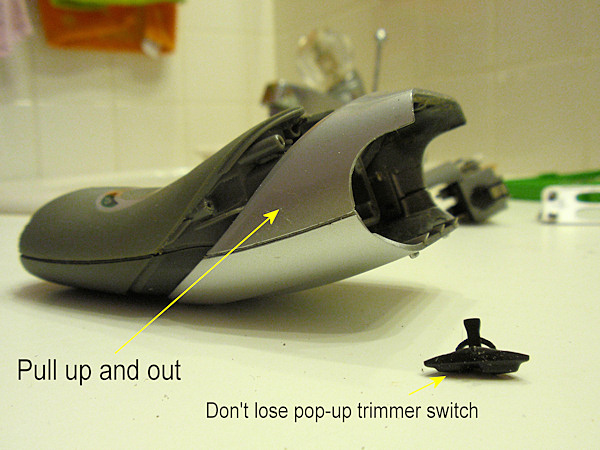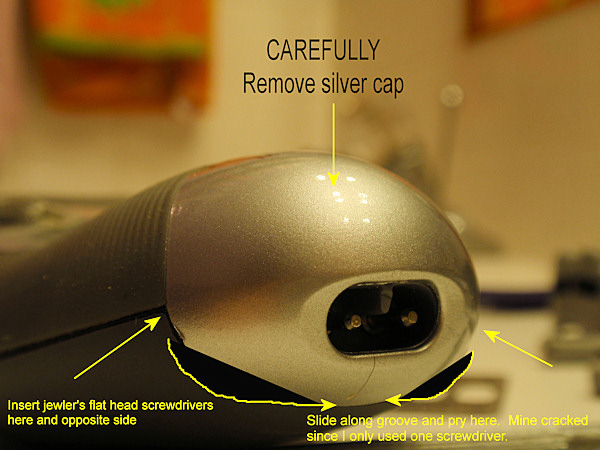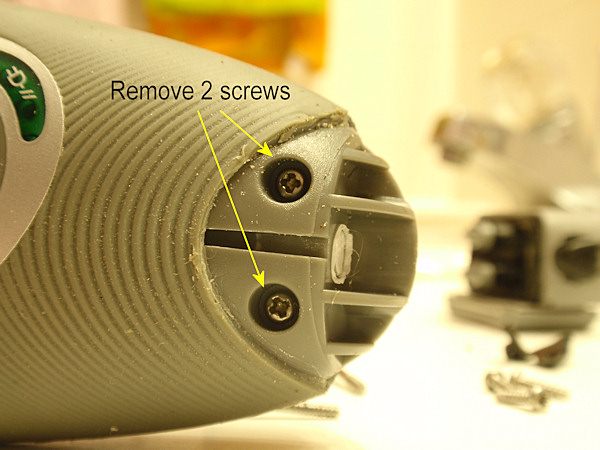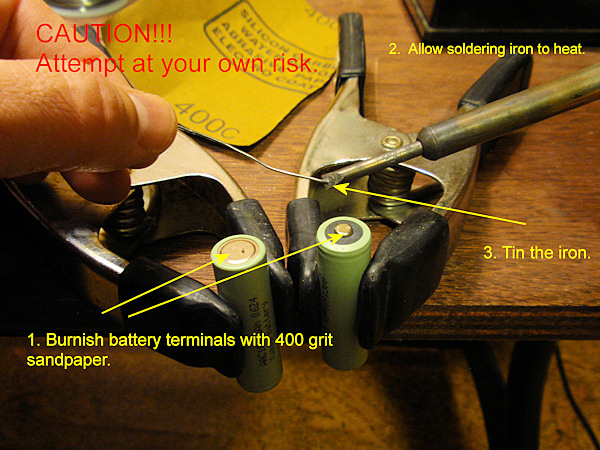My friend Peter asked if I would write about the amount of water it takes to produce a gallon of ethanol. I have often heard this figure to be quoted at 1000 gallons of water per gallon of ethanol. I wasn’t sure how accurate this was, so I started doing some investigation. I found that I live in a county in Colorado that has the most irrigated acres of any of Colorado’s 63 counties, accounting for 11% of the state’s total. I found that corn requires a moderate amount of irrigation as far as crops go, about 16.5 inches per year in my county. Alfalfa has the highest watering requirements or about 23 inches and melons only require about 8 inches annually. When you compare irrigation requirements with Colorado’s average rainfall of 15.5 inches per year, it is obvious that more than half of the corn’s water requirements must come from irrigation and this is even more apparent when you consider that corn only grows for 3 months out of the year and during those months, the rainfall total is only about 5 or 6 inches.
Some of the irrigation is provided through surface canals fed by mountain runoff and some is from center pivot irrigation which brings water up from deep wells. I will calculate the energy cost per acre of using a center pivot irrigator assuming a 200-foot deep well and a 50 psi pressure at the pivot’s center.
Since an acre is 43,560 sq ft. and we need to apply 16.5″ of water to it during the corn growing season, this comes out to 59,895 cu. ft. or 497,128 gallons of water per acre. Last year’s average Colorado irrigated corn yield was 189 bushels/acre and the average conversion rate is 2.7 gallons of ethanol per bushel of corn. So the ethanol yield per acre is 456 gallons. Dividing that into 497,128 shows that the number of gallons of water to produce a gallon of ethanol in Colorado is around 1100. This seems quite substantial. Colorado has a very dry climate where virtually no crops can grow without irrigation. In most of the corn belt states like Iowa and Illinois, the average rainfall is closer to 40 inches per year, and so irrigation shouldn’t be necessary and thus even though it may take just as much water to grow corn as it would in Colorado, the rain will fall whether you’re growing grass, or forest, or corn, so I don’t think that the amount of water consumption is as much of a concern as it is in states like Colorado where water is considered a scarce resource.
I mentioned I’d also do the energy calculation for lifting the water from a 200 foot well. 497,128 gallons of water weigh about 4.1 million lbs. and lifting that much water 200 feet and maintaining 50 psi at the center pivot would require 1300 M ft-lbs of energy. This is equivalent to 490 kWh. Derating for a pumping efficiency of 65% we can estimate it would require about 760 kWh in electricity consumption per acre at a cost of $76/acre using $.10/kWh for the electricity rate. With corn selling for around $4.60/bushel, this accounts for about 9% of the value of the corn. So spending $76/acre seems like a reasonable trade-off considering that without irrigation, the corn yield in Colorado would be close to nothing.
Water is the most renewable of all natural resources but sometimes it’s treated like it’s a scarce or even endangered resource. The stuff does literally fall from the sky. So I guess it all depends on one’s situation as to whether water is scarce or plentiful. If you are in the middle of a flood, water is anything but scarce, yet if you’re dying of thirst, it can be more precious than gold.
Is it worth 1000 gallons of water to produce 1 gallon of ethanol? Again it depends on one’s perspective. If you need to drive a car for 20 miles, 1000 gallons of water will be of no help, but a gallon of ethanol certainly would be. And in the majority of corn-growing states, not planting corn on the land will not prevent rain from falling on it so there’d be no real water savings.



